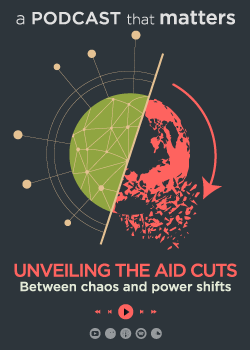Print

Land Occupation Database: Adaptation of The European Corine Land Cover Concept In Tropical Zones − Colombia
Details
Locations:Colombia
Start Date:Jan 1, 2004
End Date:Dec 31, 2007
Sectors: Environment & NRM, Mapping & Cadastre
Description
IGN France International, one of the major French companies involved in the European Corine Land Cover program, set up a system in Colombia over the entire hydrological basin of Rio Magdalena (covering a surface area of more than 274,000 km²).
The implementation of the “Corine Colombia” land occupation database began in June 2004. The project was founded on a close collaboration between the IGN France International and ONFI teams and the Columbian organisations: the IGAC (Instituto Geografico Agust in Codazzi), the IDEAM (Instituto De Hidrologia, Meteorologia y Medio Ambiente) and the CORMAGDALENA (Corporacion Autonoma Regional del Rio Grande de La Magdalena). Its extension and its update are planned for the entire Columbian territory and negotiations are underway to establish a system for the countries in the Andean Community of Nations, of course in collaboration with the totality of the national geographic and environmental institutes.
ENVIRONMENTAL IMPLICATIONS
After the implementation of CORINE Colombia, numerous environmental projects were undertaken. The database was used to estimate the link between the quantities of carbon present and the vegetation coverage as well as their variability in time and space, while remaining in the context of the KYOTO protocol. The CORINE Columbia database, completed in the beginning of 2007, has become a referential for the establishment of new ecosystems databases and has helped the implementation of vegetation maps (vegetation physionomy). The monitoring of pressure on forest formations is planned for the update phase.
INTEREST OF SPATIAL DATABASES
It is no longer necessary to prove the necessity of spatial information because confidence has been instilled in the completed databases (control and quality assurance processes) but to develop spatial and statistical approaches (polls, samples and field surveys) remains a challenge. The level of integration of CORINE responds to the intermediary level between the local and the global which gives it a first-rate spot as a tool for knowledge, analysis and monitoring of space.
